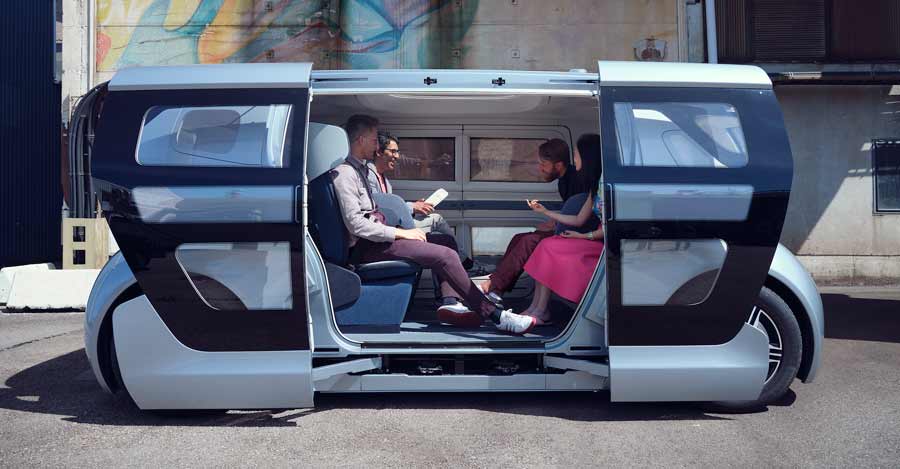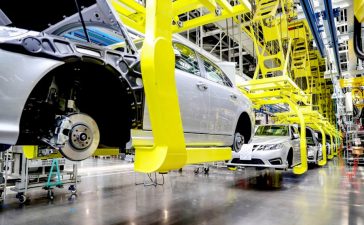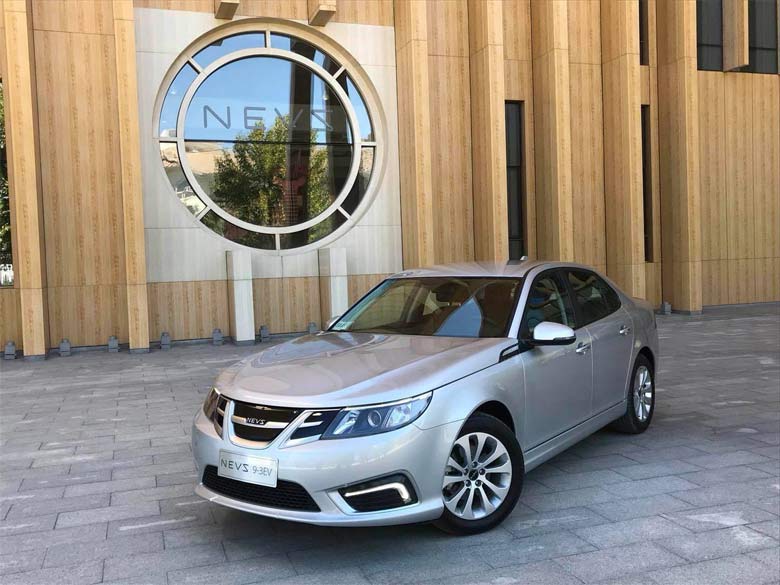Two years after the launch of the pilot project called NEVS Share in Stockholm and one year after its implementation in practice, NEVS has just published the first results and simulation observations that will help define the future of the mobility (combining NEVS Share and Autonomous Vehicles).
According to the company NEVS, their fleet management system enabled 500 passengers to be transported in just 1 hour 1200 kilometers in a suburb in Stockholm – without a single vehicle on the roads. However, for now, this is all virtual, because the test system is based on a combination of expertise and a hardware-software component.
The system is essentially designed as an organized transport of passengers from point A to B in a common autonomous vehicle. The use of public autonomous vehicles provides fewer cars on the streets, less pollution and fewer parking spaces needed.
A large number of autonomous vehicles circulate through the city area and meet the needs of passengers, while these needs and services are managed by the NEVS system. For now, the NEVS team has managed to optimize and simulate traffic so that it works 24 hours a day, with 5 different service realization scenarios, so that it has managed to provide about 1 million kilometers per month of transportation for passengers in this way.

The NEVS mobility ecosystem consists of several components, with only vehicles and driving ordering applications being the most visible, while the invisible part is the hardware and software that work together behind the trim of experts in the background. The heart of this system consists of those experts and hardware-software components that NEVS calls exactly that – KORO, which means “heart” in Esperanto.
NEVS fleet management system gives operational support for traffic management, on-site fleet assistance, and vehicle management to guarantee a reliable product experience and scalable and efficient operations. To test and optimize the transportation ecosystem, NEVS has created a virtual world in which they can test their assumptions, solutions, and algorithms, so that they have no operating costs.
To make the simulation as realistic as possible, the NEVS team created a “digital twin” for the urban environment by transferring real maps with road network, infrastructure, etc. to their simulation system. Then, they added a certain amount of traffic, traffic lights, travel patterns of Passengers, but also “disruptive factors” to that simulated urban environment, such as buses and trams that have their “timetable” in the real world. In addition to the transportation system, the team also simulated the assumption of how passengers move around the city, what they do and how they use all the possibilities of public transportation.
On top of all that, NEVS experts added their fleet of autonomous vehicles in a special layer. These vehicles are designed to exchange data with each other in a variety of modes, from the private to the social environment. And precisely in accordance with the previously set goals, in the simulation, by replacing passenger cars with NEVS autonomous vehicles, a reduction in traffic congestion can be noticed due to fewer vehicles on the streets.
In this way, the simulation team can test thousands and thousands of different scenarios 24 hours a day, seven days a week. In this way, they can come to the right conclusion as to how many such autonomous vehicles are actually needed to satisfy the need to transport all passengers in one city. With this project and the use of virtual traffic simulations, NEVS can collect a large amount of traffic data long before any real vehicles are on the road. Still, like most other projects from the company NEVS, for now they are only at the level of testing and simulation, so we are waiting for their final start, in the real world.












I’m still waiting for the release of their NG9-3EV. A moment which may never come… 🙄